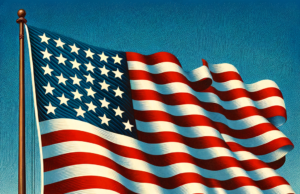Dred Scott v. Sanford
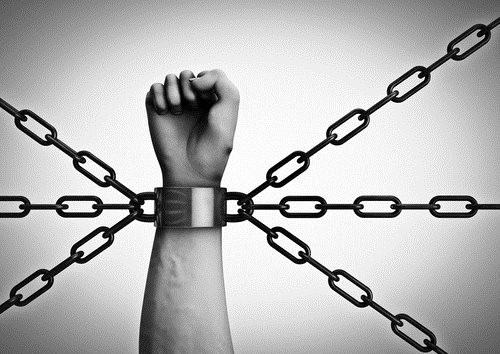 What is Dred Scott v. Sanford (1857)?
What is Dred Scott v. Sanford (1857)?
Dred Scott v. Sanford, which is commonly referred to as the ‘Dred Scott Case’ is considered to be one of the most famous court cases in the history of the United States, and arguably the most famous court case with regard to the Civil Rights Movement. Dred Scott, the plaintiff, was an African-American slave belonging to John Emerson – both of whom resided in Missouri; Missouri was considered to be a State in which slavery was allowed:
John Emerson had moved to Illinois, taking Dred Scott with him; however, Illinois was state in which slavery was not permitted – after spending 12 years in Illinois and surrounding Midwestern States, Dred Scott refused to return to Missouri with Emerson
Dred Scott maintained that he was no longer mandated to slavery due to the legislation within the State of Illinois; Dred Scott sued Emerson’s estate – represented by the executor of the estate, John Sanford – claiming that he was freed from his slavery due to the locational legislation
The Case Profile of Dred Scott v. Sanford
The following is a case profile of the legal trial eponymously titled ‘Dred Scott v. Sanford’:
Date of the Trial: 1857
Legal Classification: Administrative Law; this legal field associated with events and circumstances in which the Federal Government of the United States engages its citizens, including the administration of government programs, the creation of agencies, and the establishment of a legal, regulatory federal standard
Accused Criminal Activity: Dred Scott accused the Emerson estate via John Sanford of unlawfully detaining Dred Scott
United States Reports Case Number: 60 U.S. 393
Date of the Delivery of the Verdict: The verdict was delivered on March 6th, 1857
Legal Venue: The Supreme Court of Missouri
Judicial Officer Responsible for Ruling: Chief Justice Roger Taney
Involved Parties: The following are the parties named with regard to their involvement in the Dred Scott v. Sanford case:
Dred Scott – the defendant
John Emerson – whose estate was represented by John Sanford – was a military officer who had changed residences as a result of his military service; he brought Dred Scott with him upon changing residences
Verdict Delivered: The ruling was in favor of Sanford; the finding of the Dred Scott case explained that due to the fact that slaves were not considered to be citizens of the United States, the legislation within the Constitution of the United States was not applicable – as a result, Dred Scott was forced to return to slavery
Associated Legislation with regard to Dred Scott v. Sanford: The following statutory regulations were employed with regard to the Dred Scott v. Sanford trial:
Although Dred Scott attempted to cite the 5th Amendment of the Constitution stating that this Amendment prevents the unlawful and unethical abuse of power undertaken by a governing body; however, due to the fact that slaves were not considered to be eligible with regard to citizenship, the Amendment was deemed void



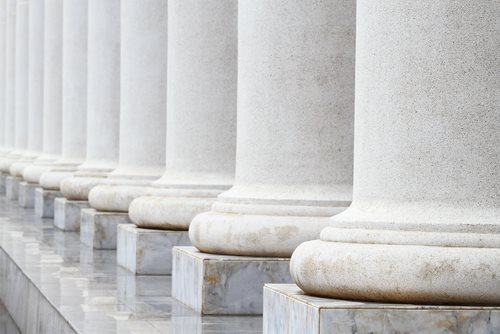 The Background of Engle v. Vitale (1962)
The Background of Engle v. Vitale (1962)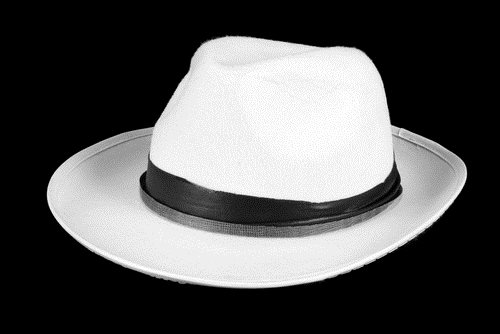 The Case Profile of Al Capone
The Case Profile of Al Capone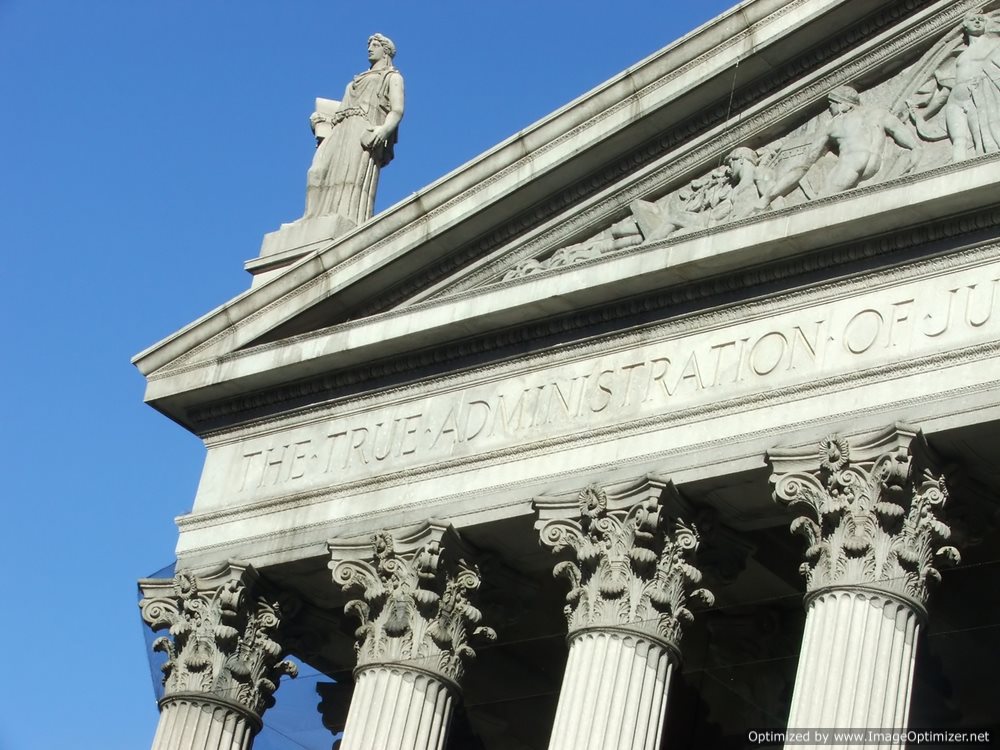 The Background of Epperson v. Arkansas (1968)
The Background of Epperson v. Arkansas (1968) What is the Black Dahlia Murder?
What is the Black Dahlia Murder?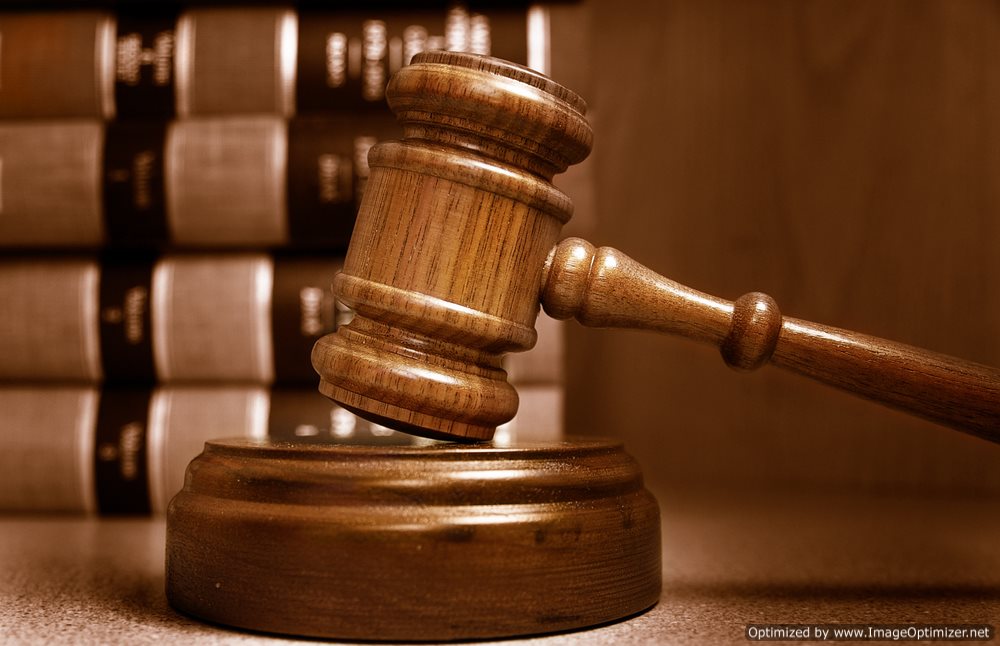 The Background of Bowers v. Hardwick (1986)
The Background of Bowers v. Hardwick (1986)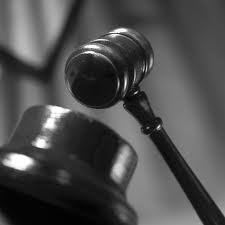
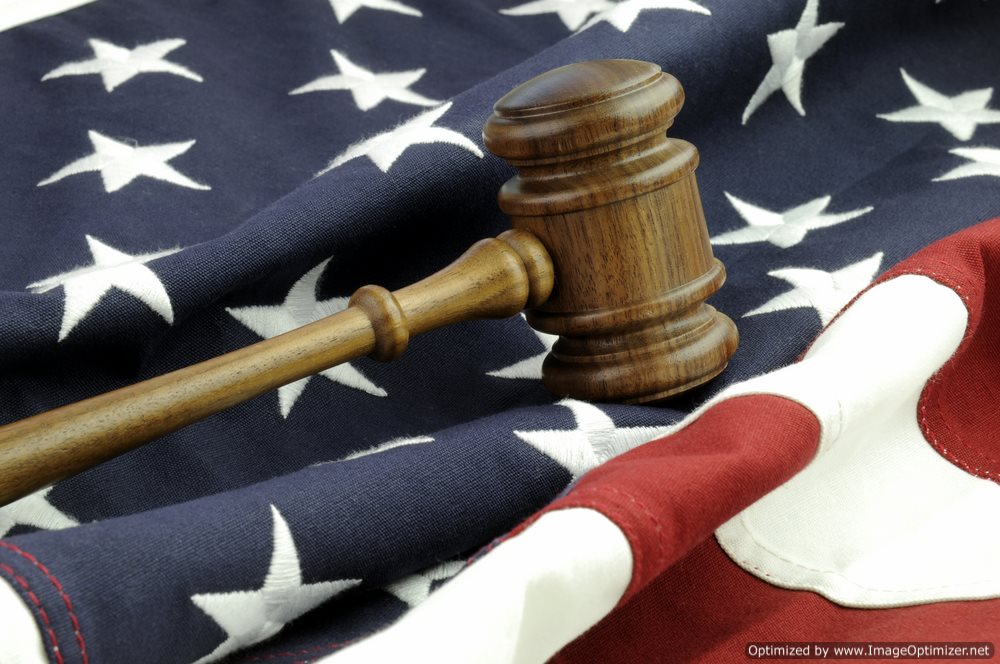 The Background of Bush v. Gore
The Background of Bush v. Gore The Background of Chimel v. California (1969)
The Background of Chimel v. California (1969)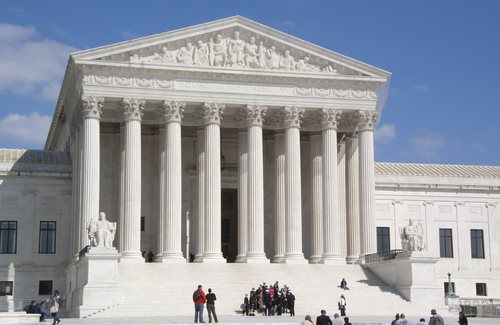 The Background of Cohen v. California (1971)
The Background of Cohen v. California (1971)




